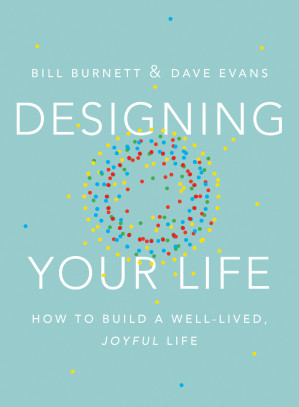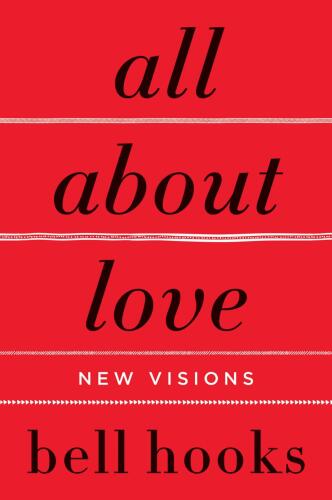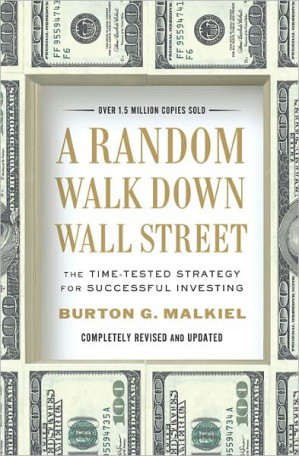Embrace curiosity and reframe problems as design challenges
Designers don't think their way forward—they build their way forward.

Book summary
by Bill Burnett & Dave Evans
How to Build a Well-Lived, Joyful Life
Build well-lived, joyful life using design thinking
Topics
Approach this book as a hands-on workshop rather than a theoretical read. Complete the exercises as you go—particularly the Workview/Lifeview alignment and Odyssey Plans. Read with a notebook handy to capture insights and prototype ideas. The book works best when you actively engage with the design challenges rather than passively consuming the concepts.
Things to know before reading
Before diving in, reflect on your current approach to life decisions. Are you typically an overthinker or an impulsive decision-maker? Understanding your default patterns will help you appreciate the value of design thinking. Also, consider gathering materials for the exercises: a dedicated notebook, pens, and potentially sticky notes for mapping out your Odyssey Plans.
Stanford professors Bill Burnett and Dave Evans apply design thinking principles to life planning, showing how to prototype multiple life paths, align work with personal values, and build a meaningful, joyful existence through iterative experimentation rather than rigid planning.
Designing Your Life introduces five essential mindsets that reframe how we approach career and life decisions.
Designers don't think their way forward—they build their way forward.
When your Workview and Lifeview are in harmony, you create a compass that always leads to your 'true north.'
Prototyping is the single most important tool for getting unstuck and moving forward.
The best way to predict the future is to design multiple versions of it.
Ready to continue? Launch the Readever reader and keep turning pages without paying a cent.
This summary gives you the tools to apply design thinking to your career and life decisions. You'll learn how to prototype multiple futures, align your work with your values, and build resilience through experimentation—transforming uncertainty into creative opportunity.
Key idea 1
Designers don't think their way forward—they build their way forward.
Instead of trying to find the one "right" path, approach life as a series of prototypes. Be curious about multiple possibilities and reframe problems from "What should I do?" to "What could I try?" This mindset shift transforms anxiety about the future into creative exploration.
Remember
Key idea 2
When your Workview and Lifeview are in harmony, you create a compass that always leads to your 'true north.'
Articulate your Workview (what work means to you, what it's for) and Lifeview (what gives life meaning, your values and worldview). When these two perspectives align, they create a reliable compass for decision-making that keeps you moving toward what matters most.
Remember
Key idea 3
Prototyping is the single most important tool for getting unstuck and moving forward.
Instead of making irreversible commitments, create low-stakes prototypes of potential life paths. Have conversations with people living those lives, try small experiments, and gather data before making big decisions. This reduces risk and builds confidence through evidence.
Remember
Key idea 4
The best way to predict the future is to design multiple versions of it.
Create three different 5-year plans: one for your current path, one for an alternative if your current path disappeared, and one for a wild card option you'd pursue if money and image didn't matter. This exercise reveals hidden preferences and expands your sense of possibility.
Remember
Designing Your Life applies the principles of design thinking—traditionally used for creating products and services—to career and life planning. Based on Stanford's popular "Designing Your Life" course, the book teaches readers how to approach life decisions with the same creativity and experimentation that designers use to solve complex problems.
The methodology helps people move beyond traditional linear planning to embrace ambiguity, prototype multiple futures, and build resilience through iteration. Rather than searching for one perfect path, readers learn to design several compelling options and test them in low-stakes ways before making commitments.
Open Readever's reader to highlight passages, ask the AI companion questions, and keep exploring without paying a cent.
Burnett and Evans translate complex design principles into accessible, practical tools that anyone can apply to their life decisions. The book's strength lies in its actionable framework—readers don't just learn concepts, they complete exercises that generate real insights and momentum.
Critical Reception: Designing Your Life became an instant New York Times bestseller and has been praised for its innovative approach to career and life planning. It has been featured in major publications including The Wall Street Journal, Forbes, and Fast Company, and the methodology has been adopted by universities and corporations worldwide.
Recent graduates navigating career choices and life direction
Professionals considering career changes or feeling stuck in their current path
Anyone experiencing life transitions (empty nesters, retirees, career changers)
Managers and coaches helping teams with career development
Designers and creative professionals looking to apply their skills to life planning
Bill Burnett is the executive director of the Stanford Design Program and a consulting assistant professor at Stanford University. He directs the undergraduate and graduate program in design and teaches the popular "Designing Your Life" course that inspired this book. Previously, he worked at Apple where he led the design of multiple award-winning products.
Dave Evans is a lecturer in the Stanford Design Program, co-founder of Electronic Arts, and former VP of talent at Apple. He teaches the "Designing Your Life" course alongside Burnett and consults with organizations on applying design thinking to career and life development.
Together, they have taught thousands of students how to apply design thinking to create meaningful, joyful lives and careers. Their work has been featured in major media outlets and has transformed how people approach life planning worldwide.

Cal Newport
Rules for focused success in a distracted world through sustained attention

Stephen R. Covey
Holistic, integrated approach for solving personal and professional problems

Tiago Forte
Proven method to organize digital life and unlock creative potential
Build your personalized reading stack
Download full-length ePubs in one click with personal cloud storage.
Blend AI-guided insights with tactile note-taking to accelerate reflection.
Follow curated reading journeys tailored to your goals and time budget.
Sync highlights across devices so lessons stick beyond the page.
Sign in to Readever to keep reading with AI guidance, instant summaries, and synced notes.
Designing Your Life proves that we don't have to find our one true path—we can design multiple compelling lives and build our way forward through experimentation. The book gives readers permission to embrace uncertainty, prototype possibilities, and create lives aligned with their deepest values. It transforms life planning from a stressful search for the right answer into a creative process of discovery and growth.
This extended outline captures Designing Your Life's key insights and practical applications. Use it to revisit the book's core concepts and apply them to your personal or professional growth.
The book's enduring value lies in its demonstration that meaningful insights can transform understanding and practice.

bell hooks
Cultural critique exploring love as transformative healing force

Austin Kleon
Nothing is original; embrace influence and transform others' work into your own

Burton G. Malkiel
Time-tested strategy using random walk theory for investing
Start reading Designing Your Life for free and unlock personalized book journeys with Readever.